
Our History
Our Story
ST Engineering has come a long way with a rich history of delivering innovative engineering solutions since 1967. The illustrious journey over the first 50 years that has brought us to we are today is reflected in the formation, expansion and transformation of the Group. As we look ahead, we will continue to forge ahead and retain our leading-edge standing among our competitors in the world. We will further spark employee passion so that our people build meaningful connections with ST Engineering, a global technology, defence and engineering group.
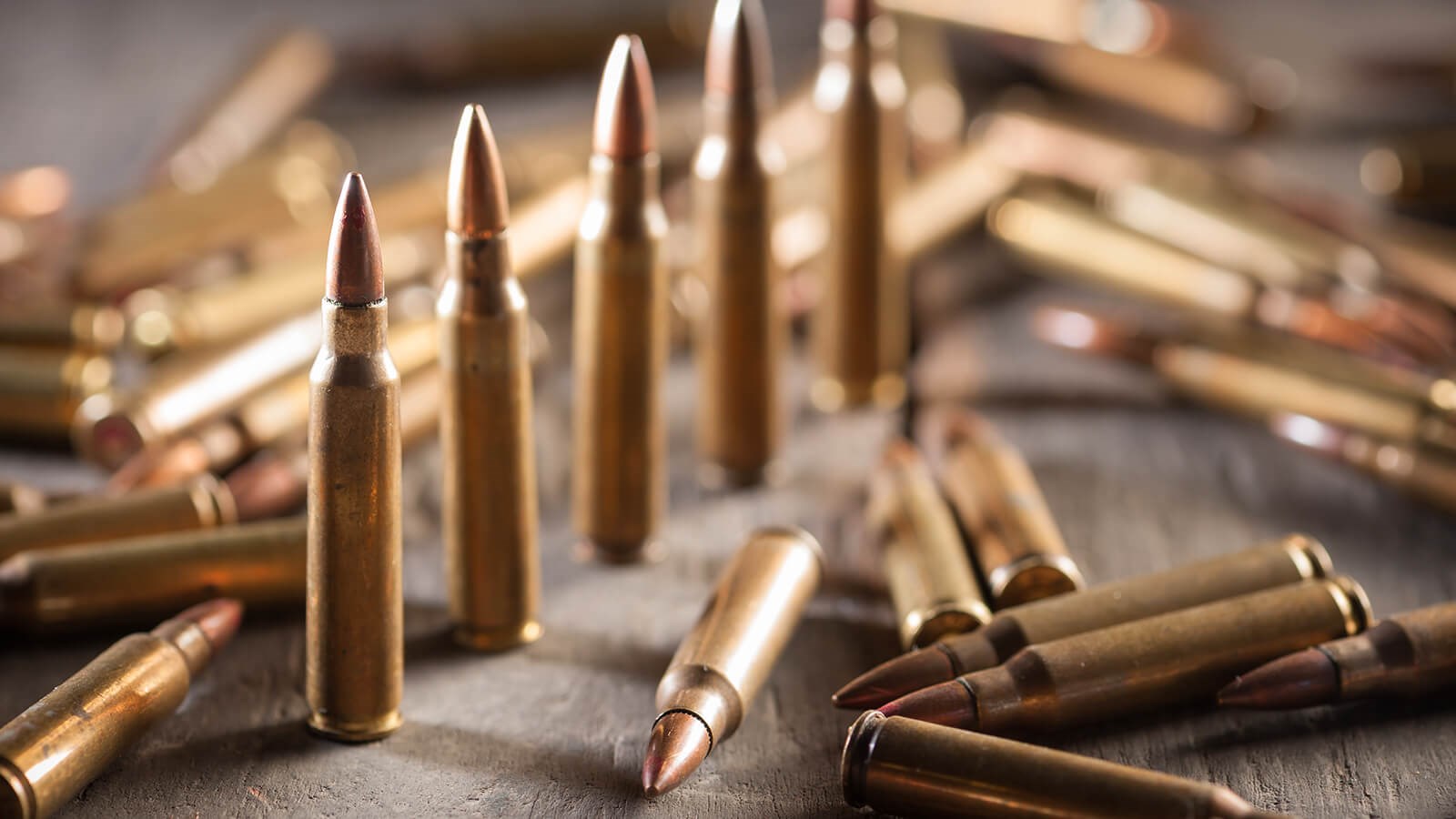
1967: Formation of Chartered Industries of Singapore to manufacture 5.56mm ammunition for the M16 rifle.
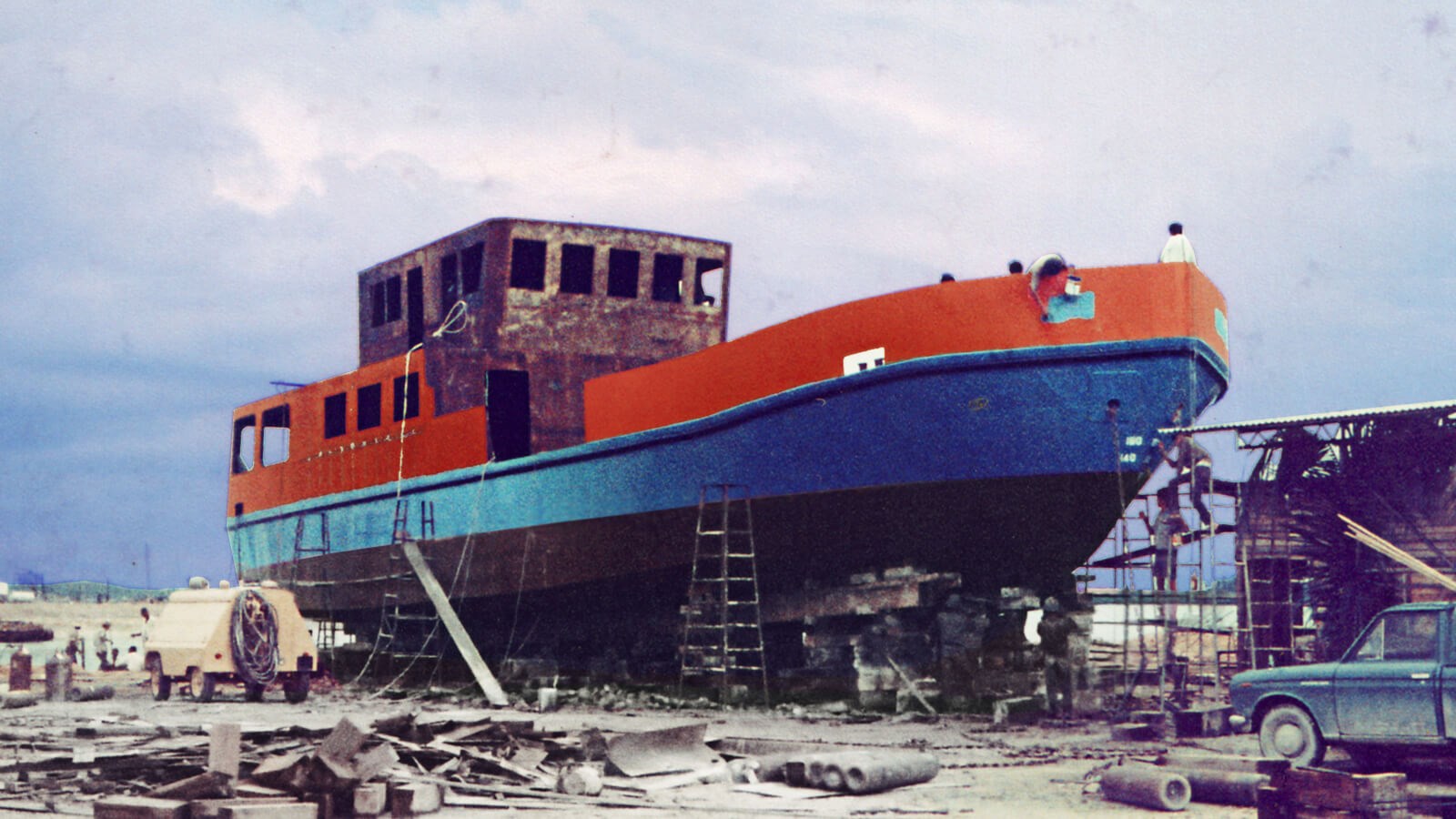
1970: Maiden ship construction project, a 25m ferry boat named ‘Kuala Batee'.
Formation
Many pioneer companies were founded during this period out of necessity to support Singapore’s national defence. Driven by an urgent need to make a difference to a young nation defending itself, our pioneers learnt quickly to master the science of defence engineering and heeded the call to be commercially viable by setting their sights on customers beyond the Singapore Armed Forces and our shores.
1967: Formation of Chartered Industries of Singapore to manufacture 5.56mm ammunition for the M16 rifle.
1968: Formation of Singapore Shipbuilding and Engineering (precursor of ST Marine) to provide local capability to build and repair naval vessels.
1969: Formation of Singapore Electronic & Engineering (precursor of ST Electronics) to provide Singapore Armed Forces with electronic and electrical services.
1969: Won contract to design and build four missile gun boats for MINDEF in collaboration with Fr Lurssen Werft GmbH of Germany.
1970: Maiden ship construction project, a 25m ferry boat named ‘Kuala Batee'.
1971: Formation of Singapore Automotive Engineering (precursor of ST Kinetics) to perform high echelon maintenance and refurbishment of heavy military vehicles for MINDEF.
1975: Formation of Singapore Aerospace Maintenance Co. (precursor of ST Aerospace) to take over the services hitherto provided for the Republic of Singapore Armed Forces by the Lockheed Aircraft Services Company.
1978: Won contract for Building Automation System for Changi International Airport.
1979: Launched Ultimax 100, which is still the world’s lightest and lowest recoil light machine gun.
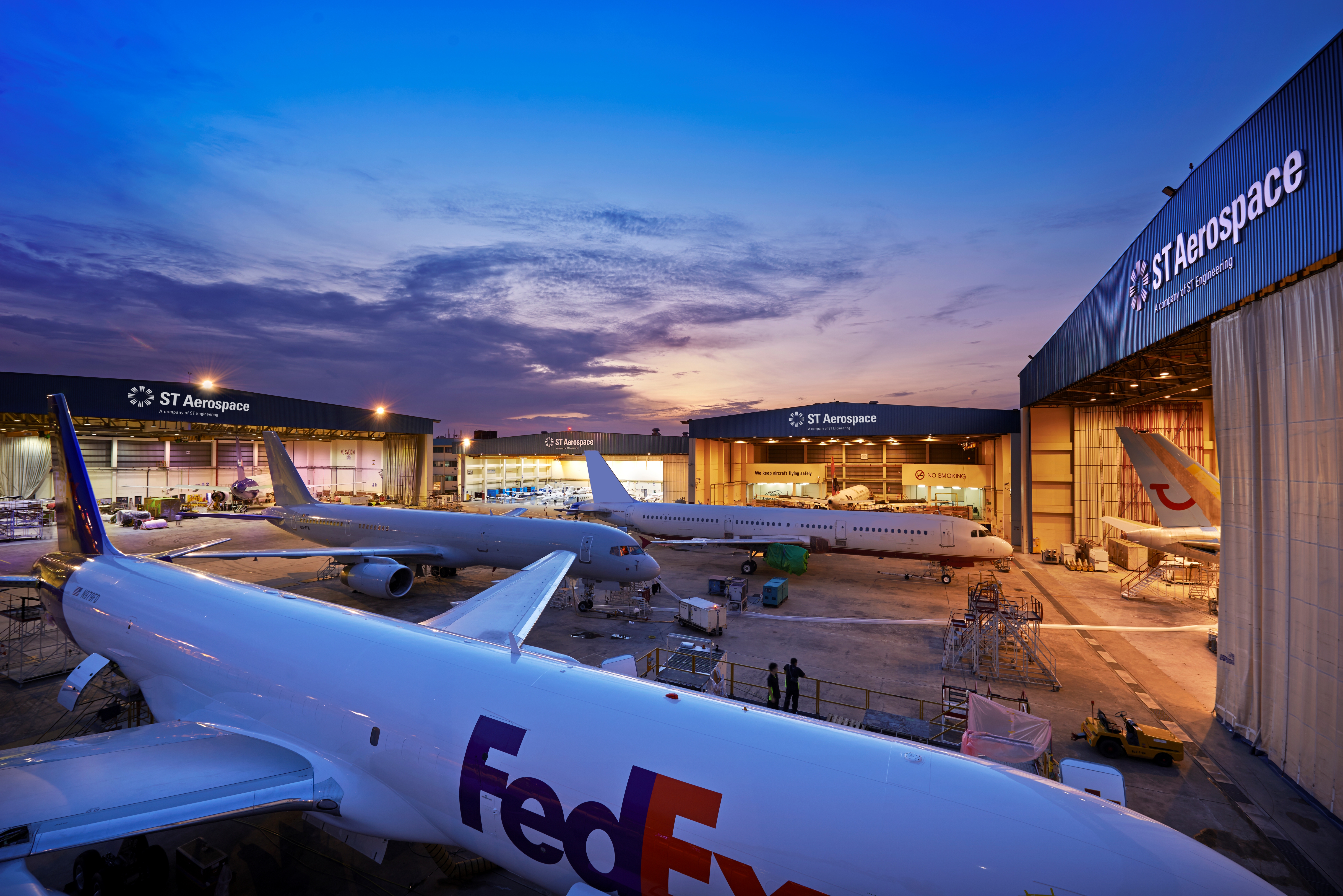
1990: First commercial airframe MRO facility in Singapore
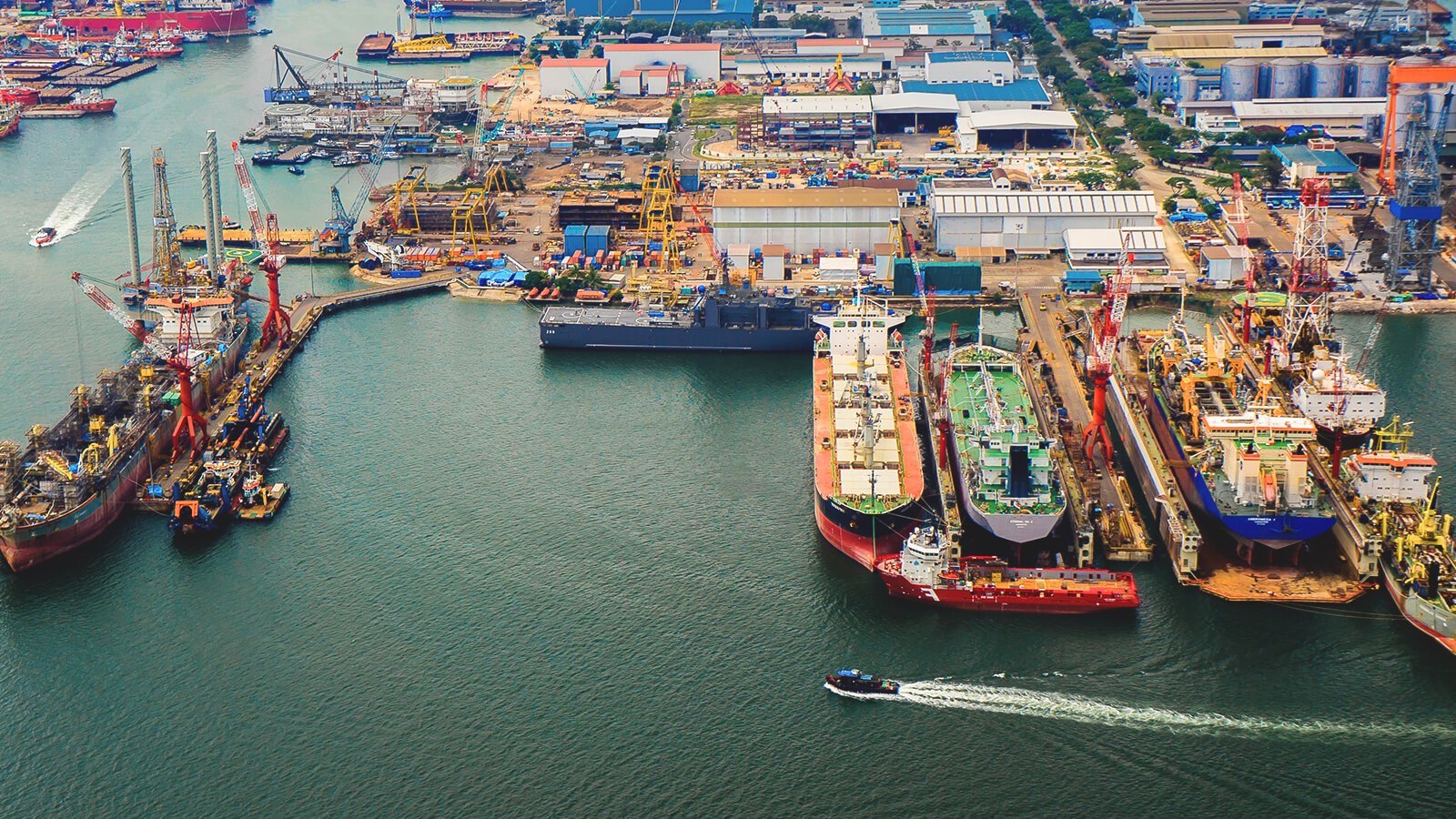
1994: Expanded marine operations with a second shipyard in Tuas, Singapore
Expansion
The pioneer companies steadily ascended the technology ladder and built a reputation for quality and reliability in both commercial and military businesses. Their track record of successes went beyond Singapore and gradually gained international respect and recognition.
1984: Obtained Air Operator Certificate to start air charter business.
1984: Awarded first rail electronics contract to support the supervisory control and communication system for Singapore’s first MRT line.
1988: Commissioned to upgrade the AMX-13 SM1 Tank that significantly boosted engineering capability.
1988: FH-88 155mm howitzer guns, Singapore’s first indigenous howitzer, entered into service.
1990: Start of the Singapore Technologies era, when most business units in the group carried the Singapore Technologies family name and used the new sunburst logo. In 1990 and 1991, defence related subsidiaries of Singapore Technologies were publicly listed, shedding its image of a wholly government-owned group.
1990: Diversified into commercial segment; set up of our first commercial airframe MRO facilities in Singapore and Alabama, US.
1993: Contracted by the Republic of Singapore Navy to design and build 12 Fearless class patrol vessels.
1993: Rolled out test bed tracked armoured vehicles that would lead to the Bionix Infantry Fighting Vehicle and subsequent families of armoured vehicles.
1994: Expanded marine operations with our second shipyard in Tuas, Singapore.
1995: Set a world record with the fastest turnaround time for Boeing 747 forward-fuselage (Section 41) modifications.
1995: FH-2000, the world's first military-fielded 155mm 52 calibre howitzer, was commissioned into service.
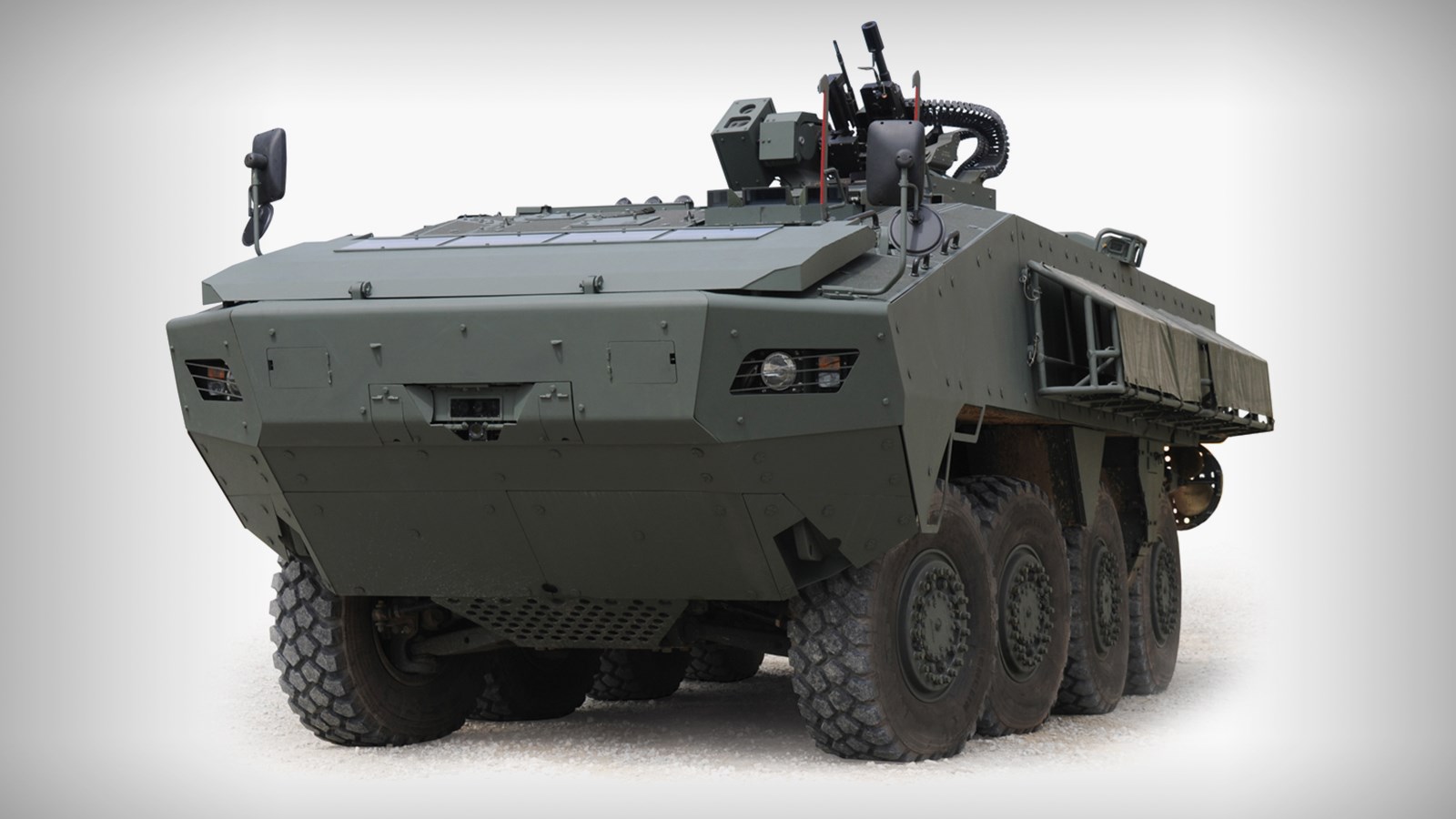
2007: Launched Terrex, the world’s most advanced 8x8 wheeled infantry carrier vehicle
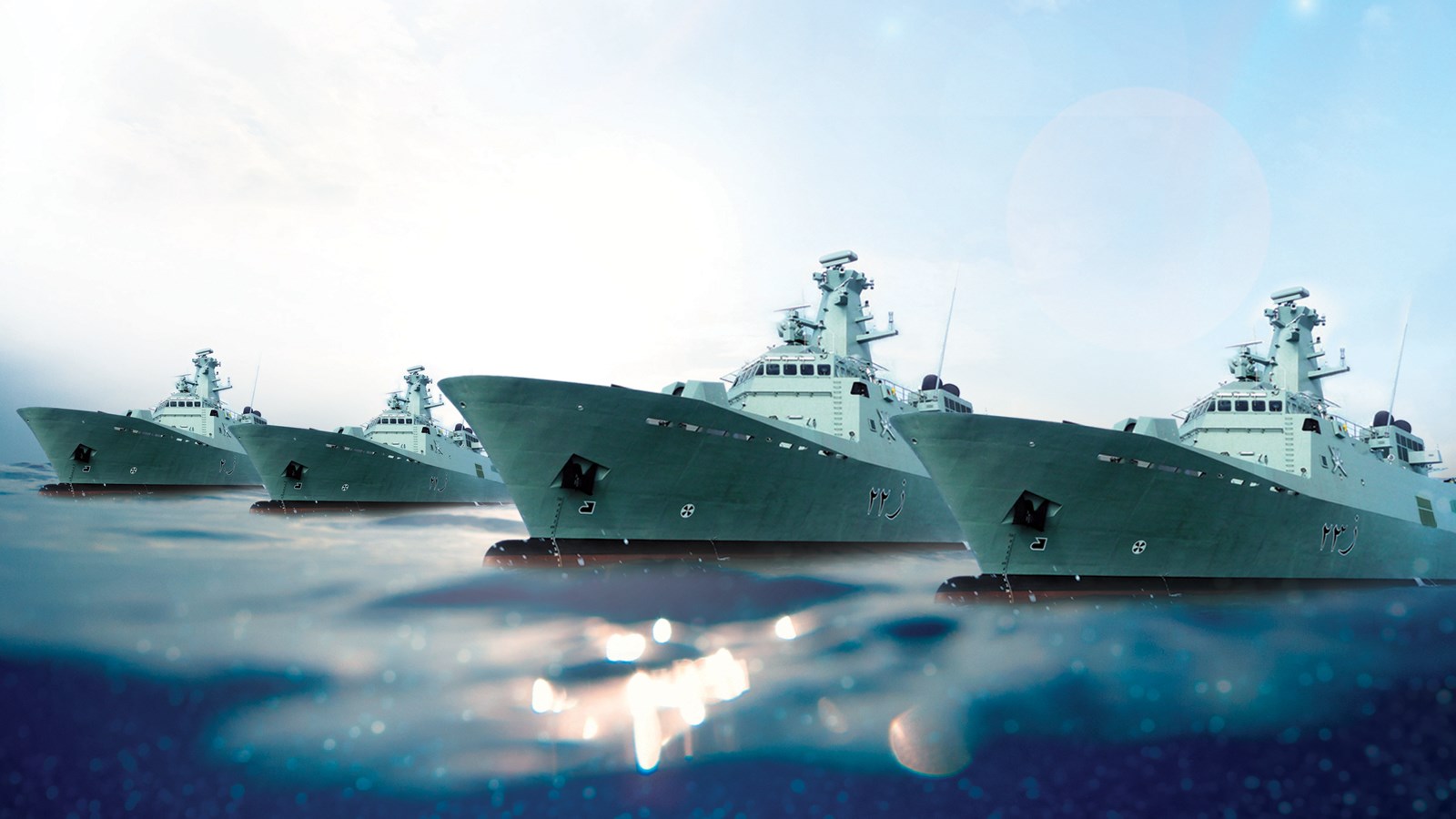
2012: Secured naval export contract to design and build four patrol vessels for the Royal Navy of Oman
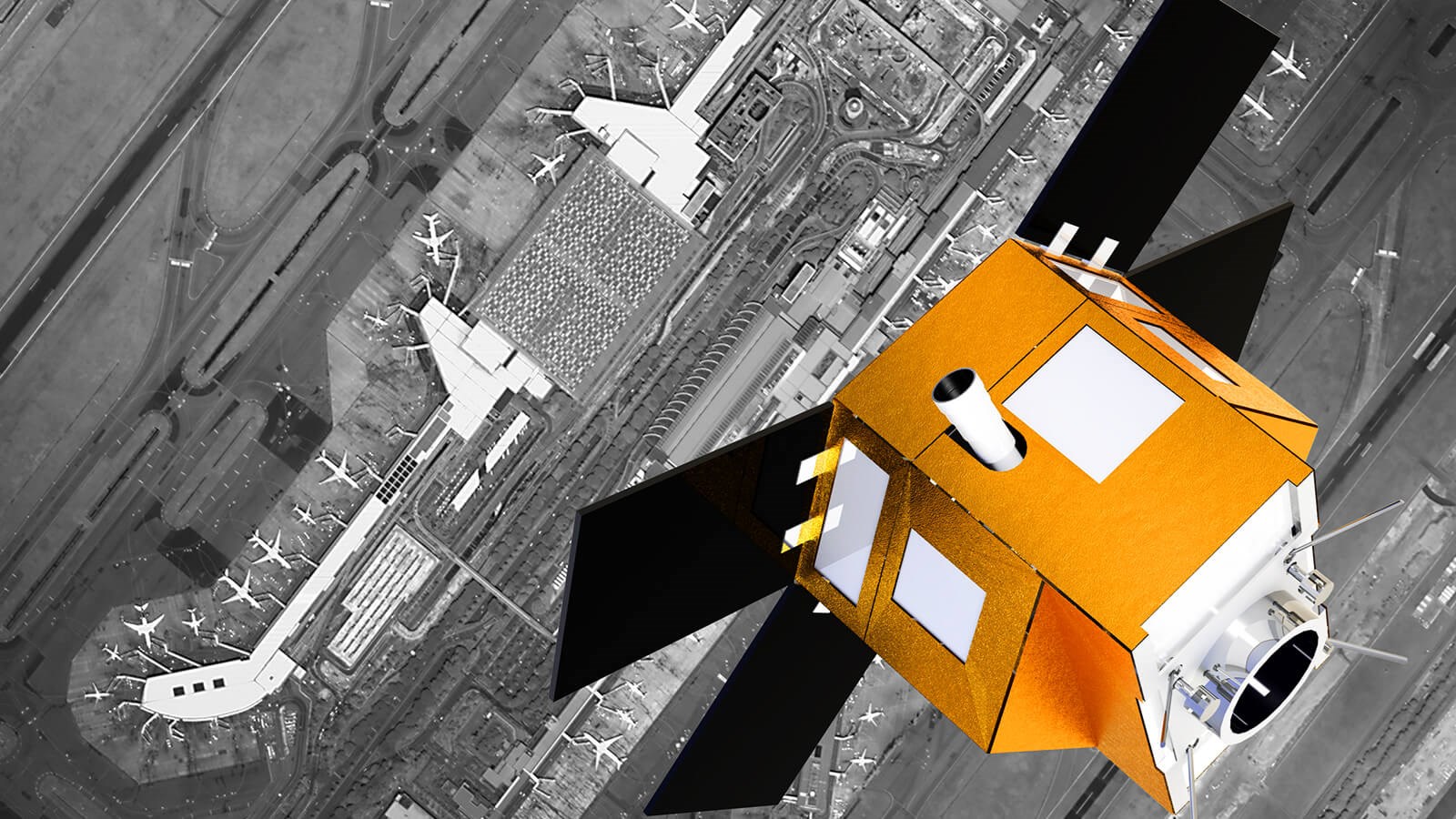
2015: Launched TeLEOS-1, Singapore’s first Commercial Earth Observation Satellite. Now orbits 550km above us in a Near Equatorial Orbit
Transformation
Three decades of relentless growth produced a diverse collection of core competencies across aerospace, electronics, land systems and marine sectors. These pioneer companies were amalgamated as one, ST Engineering, in 1997.
While focusing on our core defence business, the Group has been pushing the frontiers of technology and engineering possibilities from the depths of the oceans and up to the vastness of space.
1997: ST Aerospace, ST Electronics, ST Automotive and ST Marine merged to form ST Engineering, a S$2 billion listed company.
1998: Installed Intelligent Building Management Systems for Jin Mao Building in Shanghai, China.
1999: Singapore-made SAR21 assault rifles have been sold to more than 10 countries since its launch.
1999: The Bionix Infantry Carrier Vehicle was shortlisted as one of the finalists of the US Army’s Interim Armoured Vehicle Programme.
2000: ST Automotive acquired Chartered Industries of Singapore and renamed as ST Kinetics, effectively consolidating all defence related pioneer companies within ST Engineering.
2000: Completed the first DC-10 Passenger-to-Freighter conversion for Boeing.
2001: Bronco, the world’s highest payload for an All Terrain Tracked Carrier, was commissioned into service.
2001: Set up VT Systems in Virginia as US headquarters. Acquired more than 10 companies including businesses in aerospace, marine, specialty vehicles, and satellite-based communications.
2002: Set up ST Dynamics as the Group’s Advanced Engineering Centre to develop a broader portfolio of future technologies and capabilities.
2002: Set up second commercial aircraft MRO facility based in San Antonio, US.
2002: Attained top placing in Aviation Week’s biennial Top Airframe MRO provider ranking survey and continues to hold top position today.
2003: SARS hit, and we developed the Infrared Fever Screening System which was named TIME Magazine's 2003 Coolest Invention of the Year.
2004: Delivered the first Singapore-built stealth frigate to the Republic of Singapore Navy.
2004: Entered China with the first airframe MRO facility in Shanghai.
2005: Secured contract from US Navy to design and construct fast missile crafts for the Egyptian Navy.
2006: The Group’s quarterly turnover crossed the billion-dollar mark, with a three-fold growth compared to its debut listing in 1997.
2007: First public listed company to be awarded the inaugural Singapore Quality Award with Special Commendation.
2007: Secured the single largest Passenger-to-Freighter conversion contract to convert 87 Boeing 757-200 aircraft.
2007: Launched Terrex, the world's most advanced 8x8 wheeled infantry carrier vehicle.
2008: Implemented an Integrated Traffic Command Centre System for Beijing 2008 Summer Olympics.
2008: Started the first China-based engine MRO facility in Xiamen.
2009: Launched City of Hamburg, the first Roll-On Roll-Off ship built in Singapore.
2010: Diversified into environmental engineering market with waste management and water treatment projects in Brunei and China.
2010: Set up office in Sao Paulo, Brazil.
2011: Awarded US Government approved Proxy Agreement to pursue classified government and military contracts.
2012: Secured naval export contract to design and build four patrol vessels for the Royal Navy of Oman.
2012: First in the world to launch A330 Passenger-to-Freighter conversion programme, in partnership with Airbus.
2012: Penetrated US and Malaysia markets for rail electronics solutions.
2012: Launched AERIA, a new VIP aircraft interior completion brand to tap the growth opportunities in aircraft interior design and engineering.
2012: US shipyard expanded and added shiprepair capability to its offerings.
2012: Aerospace sector restructured its Scandinavian operations following a business review.
2013: Won contract to build eight Littoral Mission Vessels for the Republic of Singapore Navy.
2013: Added a new airframe MRO hangar at the Changi facility and an aviation centre at the Seletar facility in Singapore.
2014: Only Singaporean company named in the Forbes’ list of The World’s Most Innovative Companies.
2014: Set up aircraft MRO facility in Guangzhou, China.
2014: iDirect became the world’s largest VSAT systems manufacturer by enterprise hardware sales, according to the 13th edition of COMSYS VSAT Report.
2014: Opened the ST Electronics Satellite Systems Centre for the design and manufacturing of satellite systems.
2015: Launched Air+ Smart Mask, the world’s first protective mask with an attachable Micro Ventilator.
2015: Contracted to supply Terrex 2 prototypes to US Marine Corps for evaluation phase of their Amphibious Combat Vehicle 1.1 programme.
2015: Set up ST Engineering-NTU Corporate Laboratory to focus on advanced robotics and autonomous systems.
2015: Collaborated with The Singapore Centre for 3D Printing to develop disruptive 3D printing applications applied in particular to aerospace and defence sectors.
2015: Increased stake in Elbe Flugzeugwerke GmbH to 55% to develop and launch the A320/A321 Passenger-to-Freight conversion programme.
2015: Launched TeLEOS-1, Singapore’s first Commercial Earth Observation Satellite, which now orbits 550km above us in a Near Equatorial Orbit.
2016: Jointly set up a Cyber Security Laboratory with the Singapore University of Technology and Design.
2016: Opened new VIP aircraft interiors completion centre at the Seletar Aerospace Park in Singapore.
2016: Unveiled Airbitat Smart Cooler, the world’s first evaporative cooler that can reduce temperatures by up to 10oC in warm and humid climates.
2016: Implemented Smart Street Lighting Control and Management in Canada, New Zealand, UK and the US.
2017: Celebrated the Group's 50th anniversary with several celebratory milestones including a commemorative event, the commissioning of a commemorative book, a charity event as well as a family carnival for employees.
2017: Retained top ranking of world largest Airframe MRO service provider in Aviation Week Network’s biennial Top 10 Airframe MRO service provider ranking survey for the eighth consecutive time, and won Overall MRO of the Year 2017 at the Aviation 100 MRO Global Awards.
2017: Added the new Next Generation Armoured Fighting Vehicle (NGAFV) to the Land Systems' suite of armoured vehicles and later awarded to supply these new NGAFVs to the Singapore Army.
2017: Scaled up capabilities in the area of autonomous mobile robot technology for industrial, healthcare, hospitality applications.
2017: Commenced the development of TeLEOS-2, Singapore's first Synthetic Aperture Radar-based imaging Satellite, together with DSO.
2017: Contracted to build America's first offshore Liquefied Natural Gas Articulated Tug and Barge Unit.
2017: Officially launched Innosparks, an ST Engineering Open Innovation Lab and first-of-its kind engineering-based incubator, and set up a US$150m Corporate Venture Capital unit to scout for and invest in promising technology start-ups that are developing new technologies or creating innovative solutions.
Commemorative Books
Download our ebooks to read curated stories of our past, our achievements and our contributions to communities. Use the bookmarks in each book to find specific chapters and stories.
Subscribe to our newsletter
Copyright © 2025 ST Engineering
By subscribing to the mailing list, you confirm that you have read and agree with the Terms of Use and Personal Data Policy.

